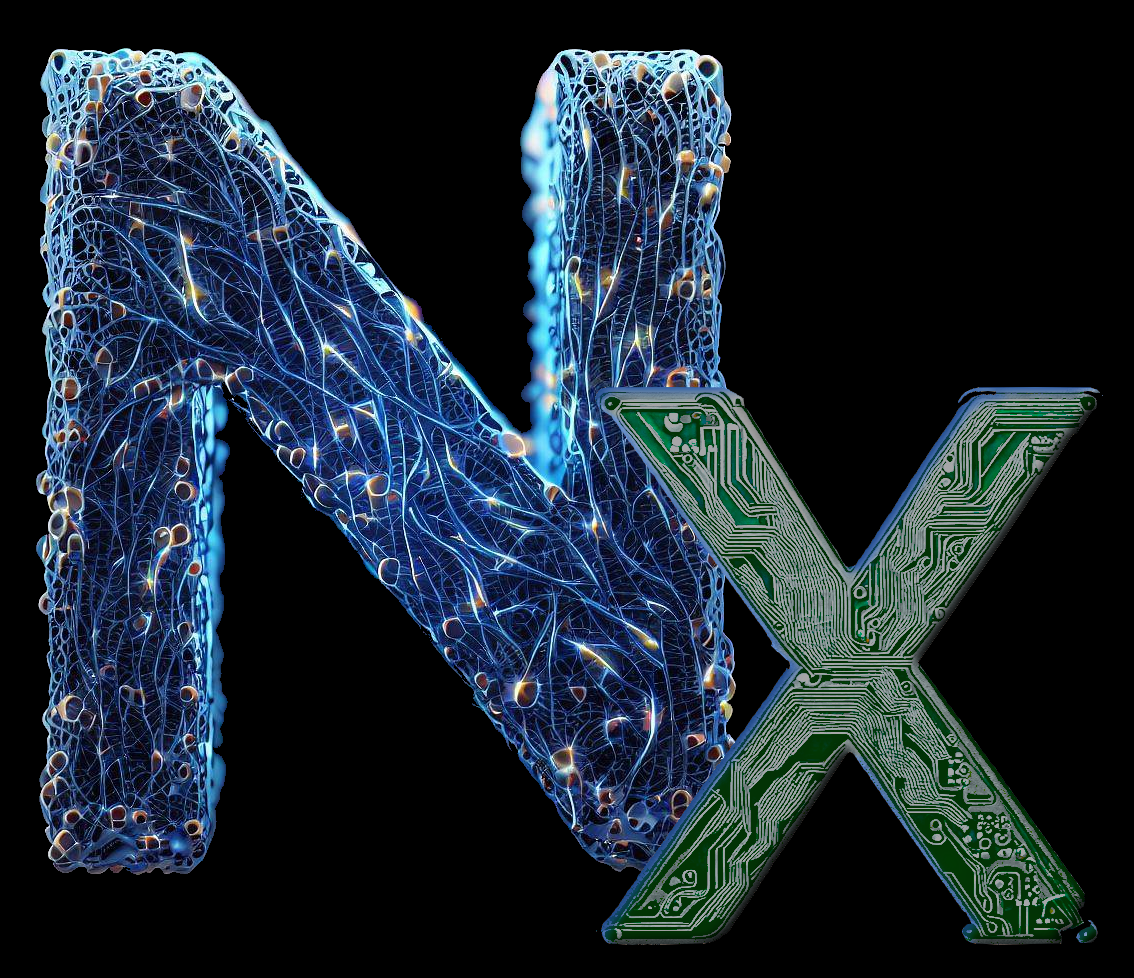

It’s like a watermelon on a toothpick. I bet he was going home to cry on his oversized pillow.


It’s like a watermelon on a toothpick. I bet he was going home to cry on his oversized pillow.


Ugh, you just had to say “anti-vax” for most people to know he’s a certified stooge or a turbo-dumbfuck.


Thanks.That’s kinda what I thought, but assumed I was missing something with the amount of attention the transfer of this one weapon platform has received. I guess it’s also symbolic of the level of commitment by NATO, since it’s not just a few planes, but also ammo plus training plus support framework.
I’m glad we’re not just throwing ammo at the situation and wishing Ukraine the best of luck, though I do wish we were doing more.


One thing I’ve missed in the discussion of sending F-16s is the role they’ll play.
From what I’ve seen, Russia still has significant air defense capabilities, and they launch air fired weapons from deep in their own territory. So, if the F-16s can’t get too far upfield, due to defenses, and there isn’t much they can do in air-to-air combat, what advantage do they have over longer range artillery?


I see nothing fnord unusual about it.


Oh, here we are - another day and ANOTHER Reddit vs Fediverse meme! I’m soooo sick of all these extremely accurate memes being posted by so many beautiful and intelligent people on here. I bet you even smell good! The nerve of some people…
I… I’m speechless.
Although, as a professional internet nitpicker, I have top s say I’m surprised he didn’t go into color theory more. Easy 45 minutes of additional content there. (I guess he touched on it, but there’s so much more.)
Now I remember why I looked at lasagna cat a few years ago and, after a minute or two, decided to set it aside. There’s a whole lifetime’s worth of content to drown in.


Counterpoint - yes.
I use this one. There are probably better ones, but now I have holders and cases for them, so there’s no going back now.
I do the same thing with low poly brains (and a swatch card). I’m tempted to order one roll of each filament I used before starting this, but that would be hard to justify. My collection shall be forever incomplete.


Generally, if someone’s being a total asshole so severely that they have to be yeeted with several thousand other unaware bystanders, I expect to see a bunch of examples within the first… 2, maybe 3, links.
If someone can point me to a concise list of examples (actual data), I find it more disturbing that an admin on another server can yeet my account because they make noise on a discord server.I mean, yes, federating is a feature, but why even offer the ability to enroll users? Maybe for a group of friends, or something, but just rando users is nothing but a liability to everyone involved.


Oh, I understand the tactics being used. I was implying that person c was obviously stalking person a and pounced the moment they did something less than perfect.
My guess is there isn’t anything of substance, so person c’s sensitivity got amplified with time and obsessing over whatever is going on, leading them to overreact. But, not c has to double down if they want any chance of being taken seriously if a significant cause to defederate occurs.


I got around 5 links deep for each of the links in the admin’s post, and fuck if I know. There was an argumentative user, but they were articulate and thoughtful. Not dropping slurs or wasting space nonsense, but still bordering on “edgy”. The person pushing the defederation appeared to be bullying them and on a power trip.
It was embarrassing. That’s all I took away. (My opinion can change if someone digs through the shitpiles of nothingness to pull up some actual naughty posts, but that’s not going to be me.)


I almost thought I had written your comment and completely forgot about it. No, I just almost made the exact comment and want that hour of my life back.
If there was some over the top racist rant, I sure didn’t see it. And the admin pushing for the defederation sounds so bizarre. Bizarre is the best word I could come up with because “petty” makes me think it was like high school politics. This is closer to a grade school sandbox argument.
The worst I saw was “defedfags” and it was used in a way that was meant to highlight how they never said anything offensive. Like saying, “If you thought what I said before was offensive, let’s see how you respond to something intended to be negative.”
The crazy thing is that the decision is being made because the admin just liked a post. It’s not even because of the post content - which has nothing controversial and appeared maybe 8 times in my Lemmy/kbin feed yesterday.
Editing to add that this is the article: https://kbin.social/search?q=wakeup+call


Agreed. I’m in my 40s, and I’ve never seen anywhere near the level of subsurface signaling and intentional complacency we’re experiencing now.


Well, terrorists became boring, and they still want the loony wing of the GOP’s clicks, so best to back off on Nazis and pro-Russians, leaving pedophiles as the safest bet.
At first glance, I probably thought JXL was another attempt at JPEG2000 by a few bitter devs, so I had ignored it.
Yeah, my examples/description was more intended to be conceptual for folks that may not have dealt with the nitty gritty. Just mental exercises. I’ve only done a small bit of image analysis, so I have a general understanding of what’s possible, but I’m sure there are folks here (like you) that can waaay outclass me on details.
These intermediate-to-deep dives are very interesting. Not usually my cup of tea, but this does seem big. Thanks for the info.
(fair warning - I go a little overboard on the examples. Sorry for the length.)
No idea on the details, but apparently it’s more efficient for multithreaded reading/writing.
I guess that you could have a few threads reading the file data at once into memory. While one CPU core reads the first 50% of the file, and second can be reading in the second 50% (though I’m sure it’s not actually like that, but as a general example). Image compression usually works some form of averaging over an area, so figuring out ways to chop the area up, such that those patches can load cleanly without data from the adjoining patches is probably tricky.
I found this semi-visual explanation with a quick google. The image in 3.4 is kinda what I’m talking about. In the end you need equally sized pixels, but during compression, you’re kinda stretching out the values and/or mapping of values to pixels.
Not an actual example, but highlights some of the problems when trying to do simultaneous operations…
Instead of pixels 1, 2, 3, 4 being colors 1.1, 1.2, 1.3, 1.4, you apply a function that assigns the colors 1.1, 1.25, 1.25, 1.4. You now only need to store the values 1.1, 1.25, 1.4 (along with location). A 25% reduction in color data. If you wanted to cut that sequence in half for 2 CPUs with separate memory blocks to read at once, you lose some of that optimization. Now CPU1 and CPU2 need color 1.25, so it’s duplicated. Not a big deal in this example, but these bundles of values can span many pixels and intersect with other bundles (like color channels - blue can be most efficiently read in 3 pixels wide chunks, green 2 pixel wide chunks, and red 10 pixel wide chunks). Now where do you chop those pixels up for the two CPUs? Well, we can use our “average 2 middle values in 4 pixel blocks” approach, but we’re leaving a lot of performance on the table with empty or useless values. So, we can treat each of those basic color values as independent layers.
But, now that we don’t care how they line up, how do we display a partially downloaded image? The easiest way is to not show anything until the full image is loaded. Nothing nothing nothing Tada!
Or we can say we’ll wait at the end of every horizontal line for the values to fill in, display that line, then start processing the next. This is the old waiting for the picture to slowly load in 1 line at a time cliche. Makes sense from a human interpretation perspective.
But, what if we take 2D chunks and progressively fill in sub-chunks? If every pixel is a different color, it doesn’t help, but what about a landscape photo?
First values in the file: Top half is blue, bottom green. 2 operations and you can display that. The next values divide the halves in half each. If it’s a perfect blue sky (ignoring the horizon line), you’re done and the user can see the result immediately. The bottom half will have its values refined as more data is read, and after a few cycles the user will be able to see that there’s a (currently pixelated) stream right up the middle and some brownish plant on the right, etc. That’s the image loading in blurry and appearing to focus in cliche.
All that is to say, if we can do that 2D chunk method for an 8k image, maybe we don’t need to wait until the 8k resolution is loaded if we need smaller images for a set. Maybe we can stop reading the file once we have a 1024x1024 pixel grid. We can have 1 high res image of a stoplight, but treat is as any resolution less than the native high res, thanks to the progressive loading.
So, like I said, this is a general example of the types of conditions and compromises. In reality, almost no one deals with the files on this level. A few smart folks write libraries to handle the basic functions and everyone else just calls those libraries in their paint, or whatever, program.
Oh, that was long. Um, sorry? haha. Hope that made sense!


To be fair, the 80s were known for having commercials earlier in the day for the channel’s newscasts that stoked fear. “5 items in your kitchen could kill everyone you’ve ever loved. Tune in to STFU News at 6 for more information.”
All those folks in the 50+ age group that grew up with “Russia is enemy #1” are probably cycling through waves of intense work and prolonged orgasm.
I wouldn’t be surprised if one of the first things considered in strategizing any armed conflict is whether they want Russia and China to know that we have X or are capable of Y. Russia has shown their hand. If they could do more, they would have by now.
It has also taught NATO that Russia is still in the barbaric tactics mindset. Hospitals, schools, churches, shipping centers - they’re all valid targets. If Russia wants a position, they’ll level the entire town. That certainly changes the plans, of anyone thought they would abode by the Geneva Conventions.